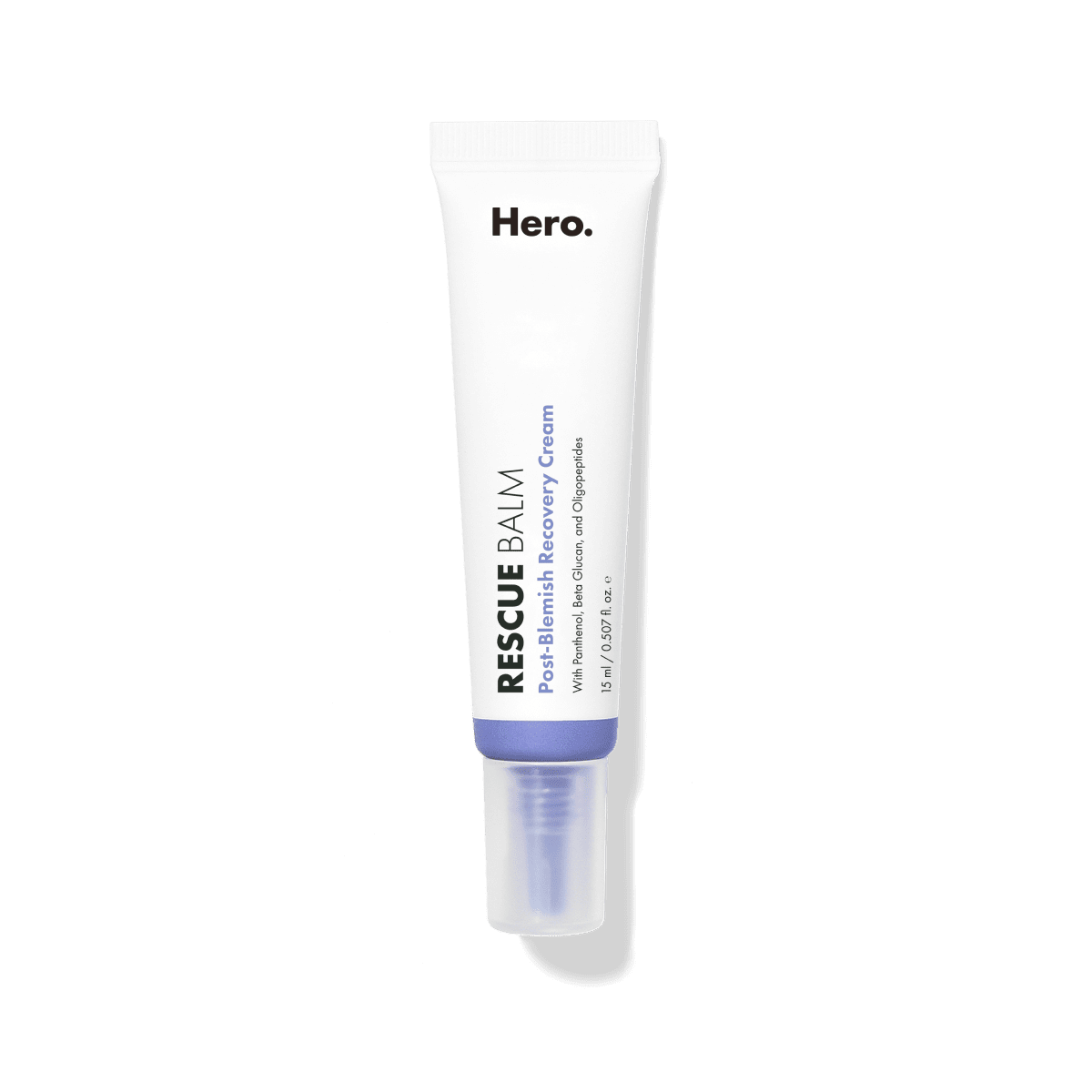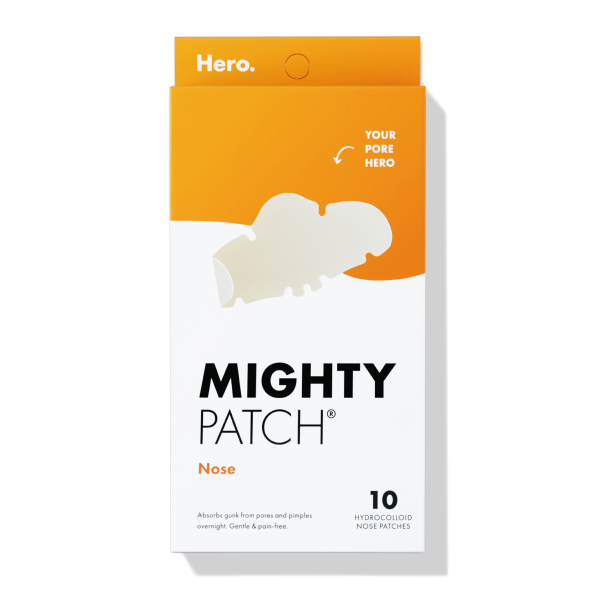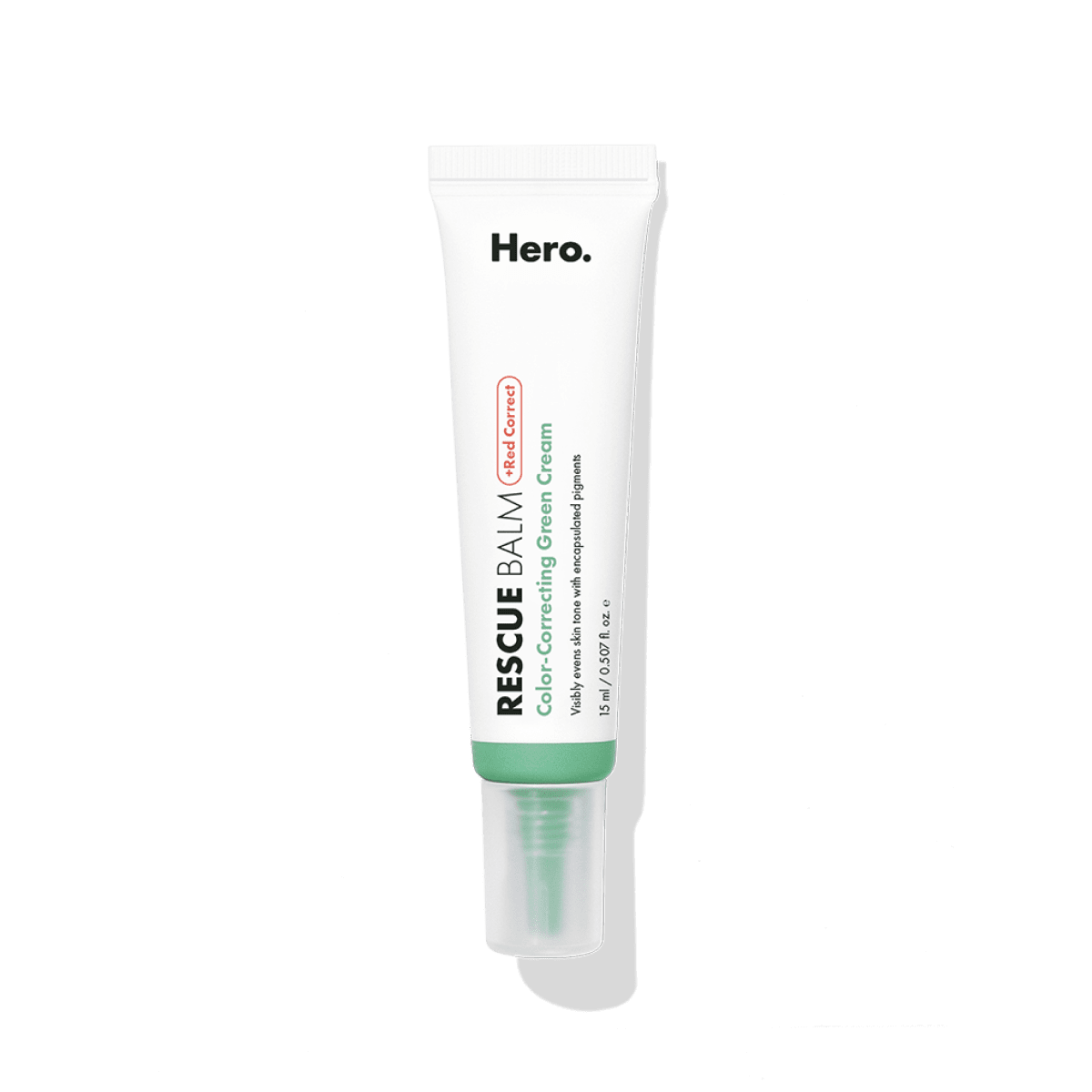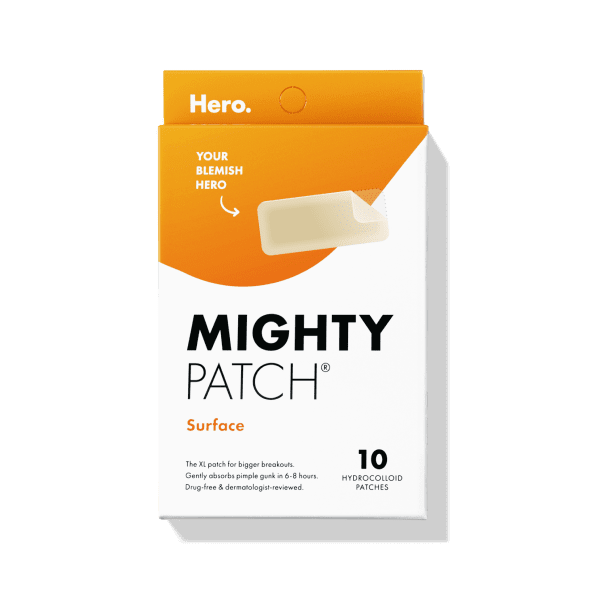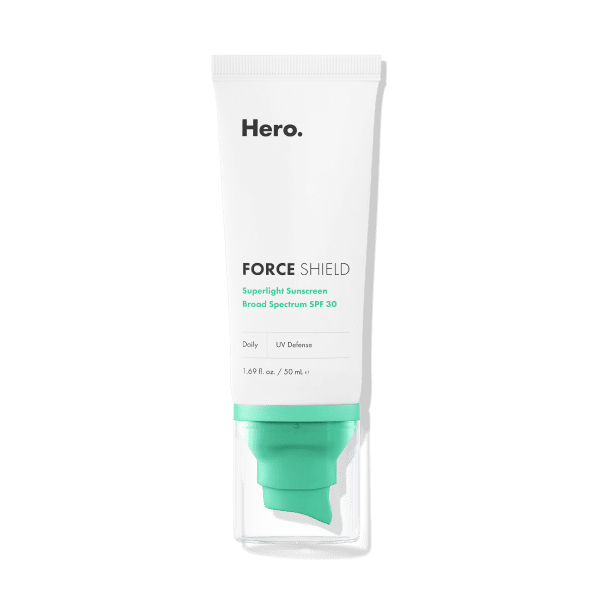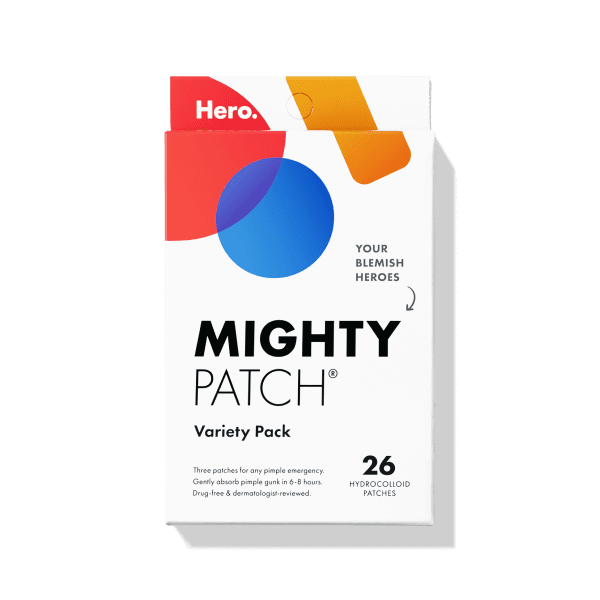
When you have acne, shopping for skin care or cosmetics can be a headache and a half. In the search for a new moisturizer or foundation, you not only have to consider which products will minimize the appearance of acne, but also which ingredients might irritate your skin and exacerbate breakouts (pretty much the exact opposite of what you’re trying to accomplish).
Let’s say you search for products that are soothing, toning or cleansing, which is a great start. However, some ingredients that claim to do these three things may actually contribute to the acne you are diligently trying to get rid of.
“Lots of ingredients are inexpensive, easy to source, may result in an attractive feel to the product, and have a pleasant fragrance, but are actually not that great for the health of your skin, both in the short term and long term,” explains Dr. Nava Greenfield, an NYC-based, board-certified dermatologist.
Since we know you don’t want to spend your hard-earned cash on skin care and cosmetics that could make your skin look and feel terrible, we asked dermatologists to tell us which ingredients to avoid when it comes to causing or worsening acne. Consider this your cheat sheet for your next online or in-store product search.
1. Coconut oil
Many people swear by coconut oil as a makeup remover, cleanser or moisturizer, but does coconut oil clog pores? Yes, it certainly does. “It is a comedogenic ingredient, which means it blocks the pores of the skin, making the skin prone to forming blackheads and whiteheads,” says Dr. Kemunto Mokaya, a Tennessee-based, board-certified dermatologist. So while coconut oil is full of moisturizing properties, it’s not the best choice for people with oily or acne-prone skin.
Instead: Try hemp seed oil, which has a comedogenic rating of 0 (in other words, it won't clog your pores). It can even help to balance out oily skin by regulating oil production.
2. Alcohol
“Alcohol irritates and dries the skin because it removes the skin’s natural oils,” says Mokaya. While removing oils may seem like a good thing for people with acne, stripping too much of your skin’s oils will actually prompt your body to overproduce sebum, the yellowish, oily substance secreted by pores. And too much sebum leads to clogged pores and breakouts.
Denatured alcohol is a common ingredient in drugstore toners and is sometimes used in acne spot treatments.
Instead: Keep the alcohol in your glass, not on your skin. Oily skin types or people with acne-prone skin should look for toners with witch hazel or glycolic acid to help unclog pores.
3. Mineral oil
This one’s a no-no for any skin types and conditions, not just those with acne-prone skin. According to the Environmental Working Group, mineral oil is a liquid mixture of hydrocarbons obtained from petroleum, and may be a possible human immune system toxicant or allergen. This thick emollient, often used in oils, moisturizers and cosmetics, can clog pores and result in acne flare-ups.
Instead: Look for shea butter, especially for post-pimple flaky spots. It has a comedogenic ingredient rating of 0 and helps moisturize and regenerate skin, as well as stimulate collagen production.
RELATED READ: Cleaning Up Acne Prone Skin
4. Silicones
While silicones are non-comedogenic and generally safe to use if you’re not prone to breakouts, those who suffer from acne may want to avoid them. Often used in primers and BB creams, they fill in lines and pores to create a smooth appearance. “Because silicones create a film over the skin, this means that they can lock in dirt and oil," says cosmetic chemist Vanessa Thomas. “It is also difficult to wash off, so you will have to take extra steps in your cleansing routine to be sure you have rinsed the silicones off completely."
Instead: Try water-based primers, which are hydrating yet lightweight, and provide a mattifying effect as an even, long-lasting base for makeup.
5. Sulfates
Sodium Lauryl Sulfate (SLS) is a foaming agent that’s often used in shampoos, toothpastes and facial cleansers. Anyone with color-treated hair knows that sulfates will strip color from your hair. They do the same to your skin’s natural oils, which can irritate skin and trigger breakouts.
Instead: If you don’t feel like you’ve washed your face unless foam is involved, look for a sulfate-free foaming face wash, like CeraVe Foaming Facial Cleanser or Garnier Gentle Sulfate-Free Cleanser.
6. Parabens
You’ll find parabens in everything from shower gel to moisturizers and shampoo to serums. “They are used as preservatives because they extend the shelf life of products,” says Mokaya. “They worsen acne because they mimic hormones (e.g., estrogen). Hormonal imbalances contribute to the development of acne.”
Instead: Luckily, paraben-free products are everywhere. In skincare, many brands will substitute organic compounds with preserving properties, such as salicylic acid, benzoic acid or sorbic acid.
7. Fragrance/parfum
No fragrance is the best fragrance for acne. While fragrances make your skincare products smell good, they can irritate inflamed (think active breakout) or sensitive skin. In fact, fragrance is a major irritant for any skin type. Research has shown that fragrances in skincare products are one of the most common causes of sensitizing and other negative skin reactions.
Instead: Check labels to find fragrance-free products, since fragrance can be listed under many different ingredient names, including some essential oils and fragrant plant extracts.
8. Benzoyl peroxide
Ok, if you’re a bit confused as to why benzoyl peroxide is on a list of the worst ingredients for acne-prone skin, we don’t blame you. Benzoyl peroxide is a powerful ingredient that destroys acne-causing bacteria in your pores. However, in the midst of that destruction, it also causes dryness, peeling and redness and can even worsen post-inflammatory hyperpigmentation (AKA dark spots).
Instead: While benzoyl peroxide may have its place in a dermatologist-recommended routine, you’re better off opting for salicylic acid. It exfoliates, removes dead skin cells, soothes skin, calms inflammation and reduces pore size – all without the harsh effects of benzoyl peroxide.
And now, 3 acne-friendly ingredients
Now that you know which ingredients to avoid, let’s talk about three ingredients that are gentle enough for and effective in treating acne-prone skin.
1. Hydrocolloid
Hydrocolloid is made of gel-forming agents, such as pectin, gelatin or sodium carboxymethylcellulose. Originally developed to treat wounds, hydrocolloid adheres to your skin to provide insulation and a moist, healing environment. This ingredient works especially well for active breakouts, as the agents absorb fluids and pus without drying the surrounding skin.
Try: Hydrocolloid acne patches (such as Mighty Patch Original, Invisible+ or Surface) to quickly zap zits with a visible head.
2. Salicylic acid
Derived from willow bark, salicylic acid is a beta hydroxy acid (BHA) that works in the skin’s top layer to dissolve the cells and dirt that cause breakouts. A gold standard of acne care, it also acts as an anti-inflammatory to reduce redness and further speed the healing process.
Try: A microneedle acne patch for early-stage or blind pimples. The microneedles will help deliver the salicylic acid directly to the pimple’s core.
3. Beta-glucans
Hydrating, anti-aging and soothing, beta-glucan is a wonderful ingredient for sensitive skin. Beta-glucans increase macrophage activity, which involves scavenger cells that search for and destroy pathogens like bacteria. In skin care, the macrophages can help to speed up wound healing and soothe skin by reducing inflammation.
Try: A post-blemish treatment like Rescue Balm nourishes skin after a breakout to improve the look of bumps, scaly texture and dryness-related red spots.
[[product-ad]]

